An Eclipse Down Under
In April 2023 Explore Alliance Ambassador Matthias Schmitt, made the pilgrimage to the Southern Hemisphere to observe, photograph, and write about his experience of a total eclipse of the sun:
The total solar eclipse of April 20th, 2023 (Saros 129) displayed the characteristic of a hybrid eclipse, which begins as an annular, continues as a total, and ends as an annular eclipse. However, the shadow of the Moon barrels across Earth at roughly 1500 mph, so trying to match the speed to see it go from annular to total is an unrealistic endeavor. Has anyone ever tried that?
The image below indicates the eclipse path and the corresponding historical cloud faction cover.
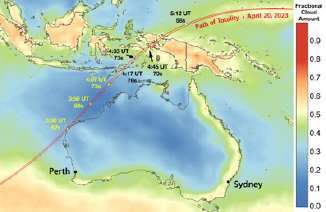
Credit: eclipsophile.net
Even though Australia is roughly the size of the continental US, by some cosmic joke, the path barely skims the Cape Range National Park and the Northwest Cape Peninsula in Western Australia (WA). The nearest town is Exmouth on the Northeast tip of the land. But you know how committed eclipsophiles are in traveling to those faraway spots to enjoy the precious minutes of totality. I was fortunate to go to Antarctica in the South Sea with Albatros Expeditions. The disappointment of a cloudy totality was alleviated by the sight of roughly one million penguins. I figured, this time the penguins would turn into kangaroos in case of bad weather.
As I am responsible for the night sky program at Cedar Breaks National Monument, I combined my eclipse trip with visiting dark sky parks in Australia. Those parks included Arkaroola Reserve in South Australia, Warrumbungle National Park in New South Wales, where the Siding Spring observatory with the AAT and 2dF instrument is located, and The Jump-up (Australian Age of Dinosaurs) in Queensland. Due to the remoteness of the continent, most of the 27 million Aussies live in coastal metropolitan areas. The dark sky parks provide a fascinating spot to experience the splendor of the Southern night skies, including the Magellanic Clouds, the famous Tarantula nebula as well as Eta Carina and the celestial Emu.

The celestial Emu at Arkaroola Wilderness Sanctuary in South Australia
For the eclipse event, I was part of the Astrotourism WA (Western Australia) non-profit with Carol Redford. She and her cadre of volunteers put on 30 stargazing events with local communities in the area (https://astrotourismwa.com.au/). There is a great desire by the shires (our equivalent is a county) to leverage the dark sky assets and gain astrotourism dollars.
We stayed at Bullara Station, a family-owned farm of roughly a quarter million acres and 4000 cattle, a tiny farm compared to others. The station had eclipse special lodging prepared, and nearly 500 campground visitors took advantage of it, where caravans were tire-to-tire.
A short one-hour drive to the observing site the morning of April 20th was the pinnacle of more than 12000 miles of travel from Southern Utah. As soon as we arrived that morning, I made the bold prediction: “It’s going to happen” to my eclipse friends. There was not a cloud in the sky. A dirt site with tents lined up for cover provided shelter to see the cosmic dance unfold before our eyes. As the Moon moved in front of the Sun, a crescent disc appeared between the leaves of nearby trees.
The temperature turned noticeably cooler, and the light became a ghostly shimmer. As the umbra approached, there was a noticeable increase in excitement. The Moon covered the Sun’s last edge, and the Diamond Ring sparked a jeer as familiar eclipse chasers know this as the sign for totality to be imminent. As the Sun disappeared, stars, Jupiter, and Venus became visible. The corona flickered on the edge of the disc like a thin silver veil in a summer breeze. Even though this was my third visible eclipse, I was overcome with a sense of gratitude and glee that resulted in a few tears. I fired away with my 600mm telephoto lens during the bracketing mode. This time, I wrote on my arm to remember to take the solar filter off, which is an excellent improvement versus 2019 in Argentina, where my camera only displayed blackness and no corona.

Moment of Totality. The solar corona and prominences are visible.
As the seconds ticked, the Diamond Ring reappeared, and the Sun revealed its photosphere. The big show was over, but the crescent shape of the disc was evidence that a majestic event just had happened. As kangaroos are nocturnal, we did not observe any jumpy marsupials and how they might have reacted to the eclipse like birds.
A Wallaby. This is a smaller kangaroo and supposedly much more intelligent.
I live for this: travel to distant countries and places, make new eclipse friends, and get a reminder that we are just a little heap of CHNOPS and front-row visitors in the grand theater of the cosmos.
You can learn more about Matthias Schmitt and his organization Stargazing Zion here.


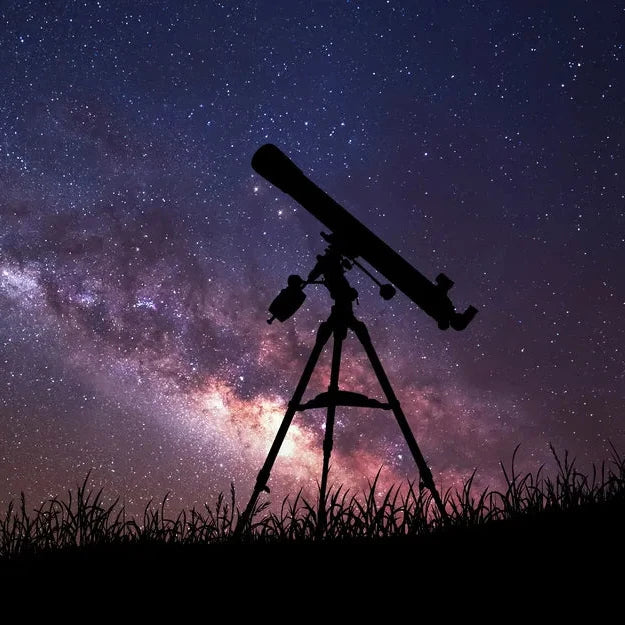

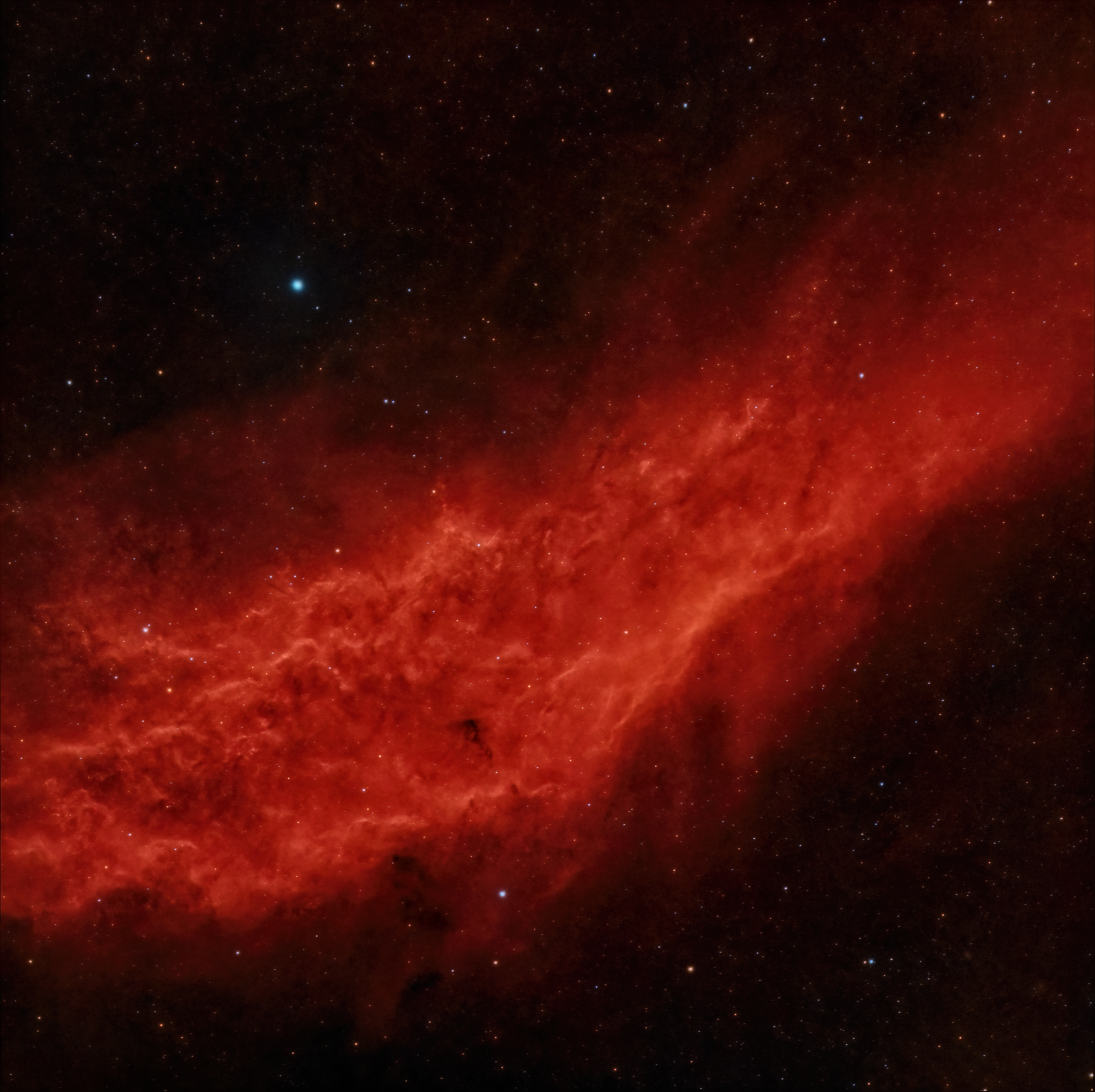



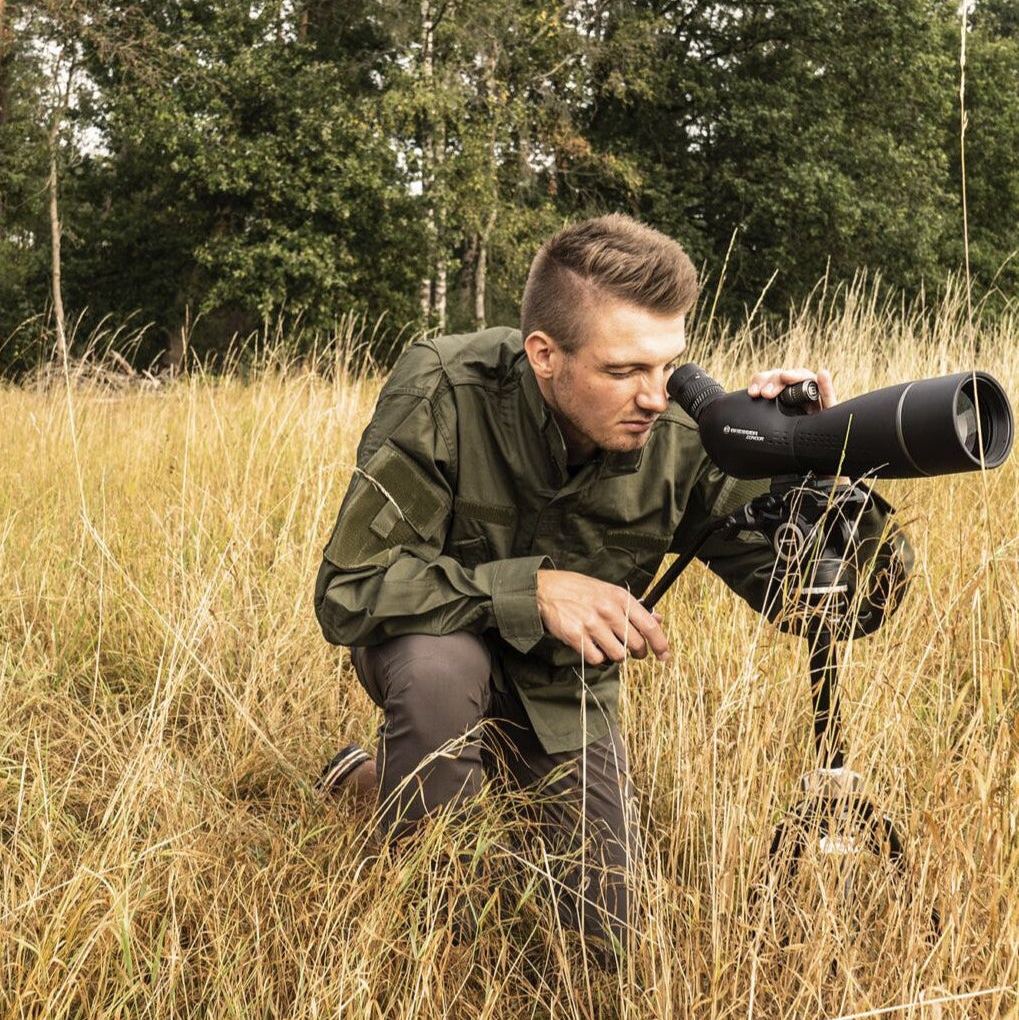
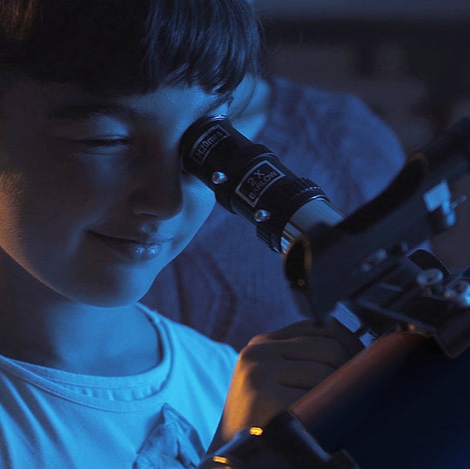

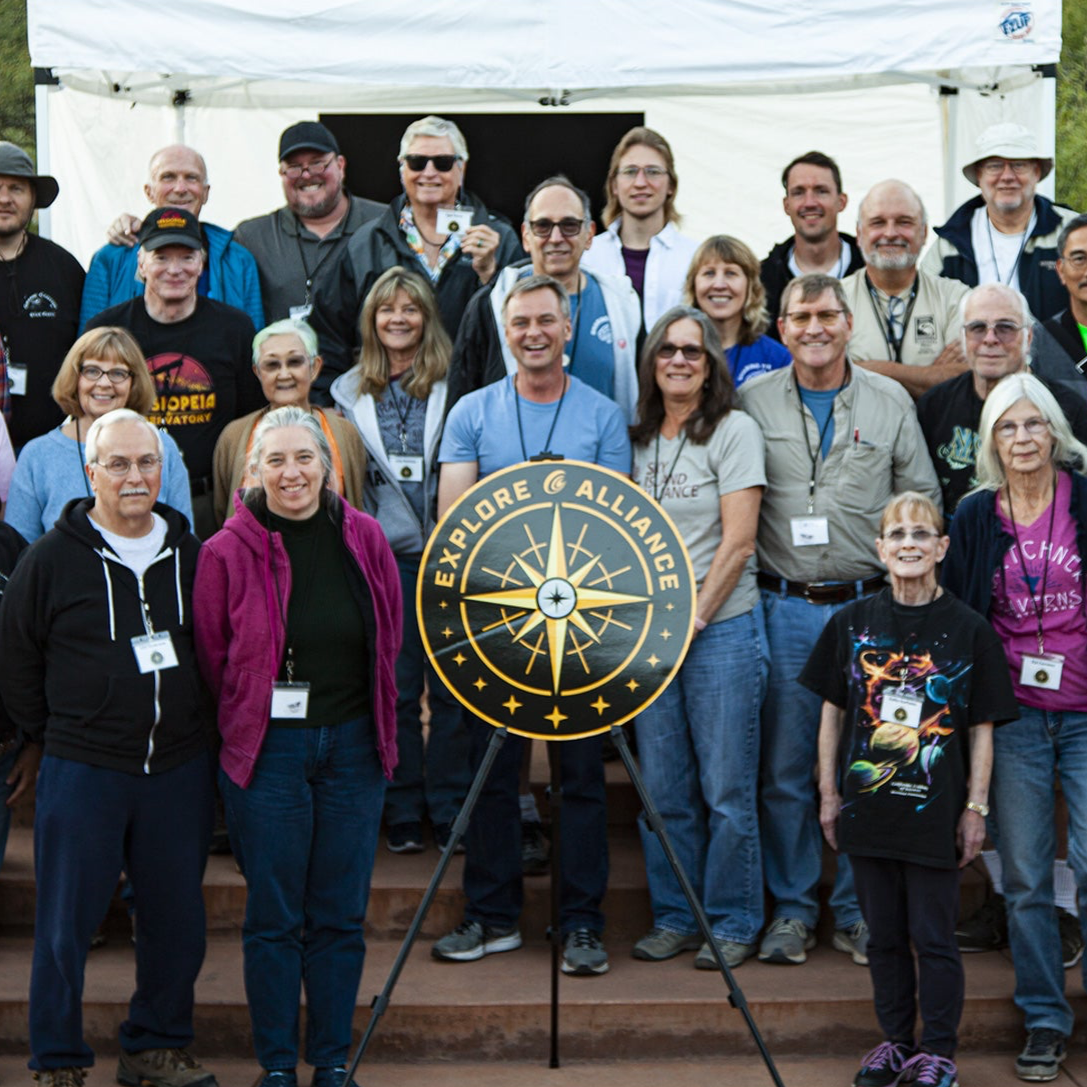
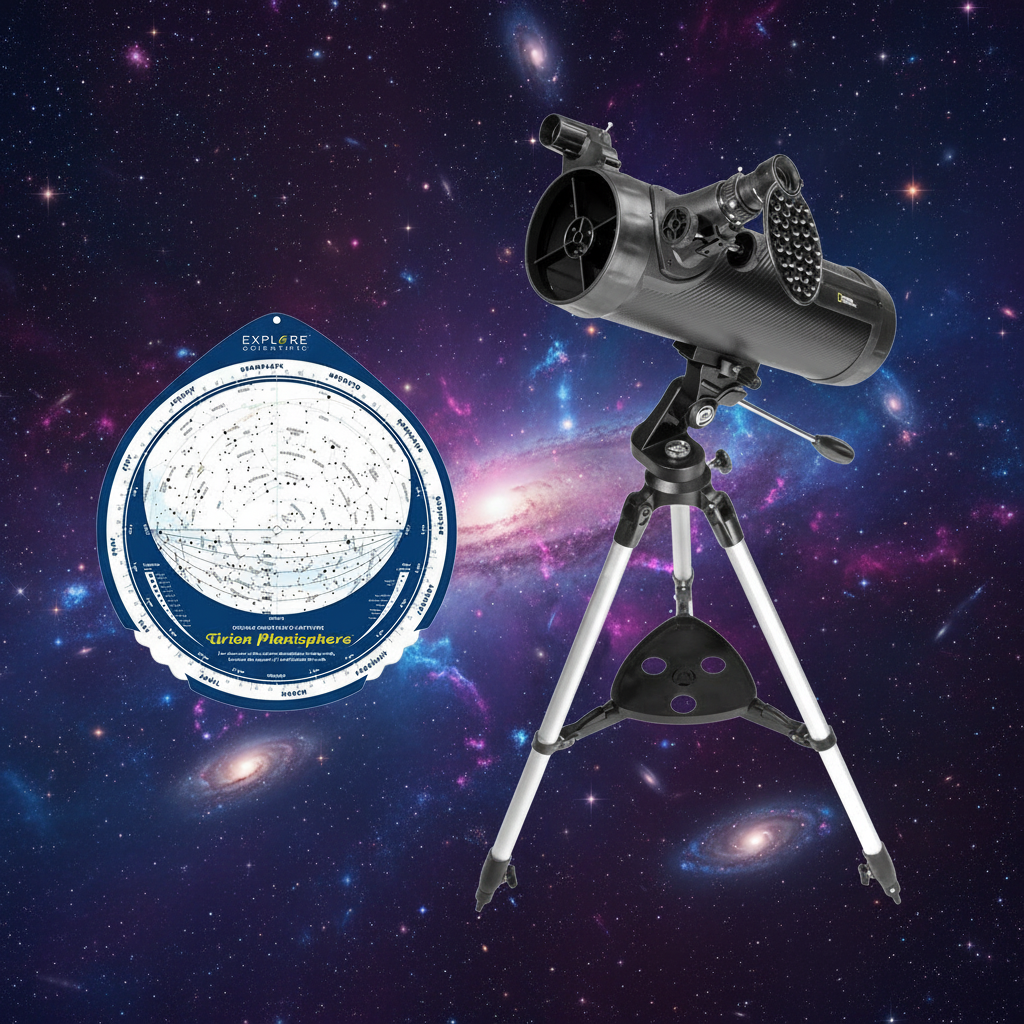
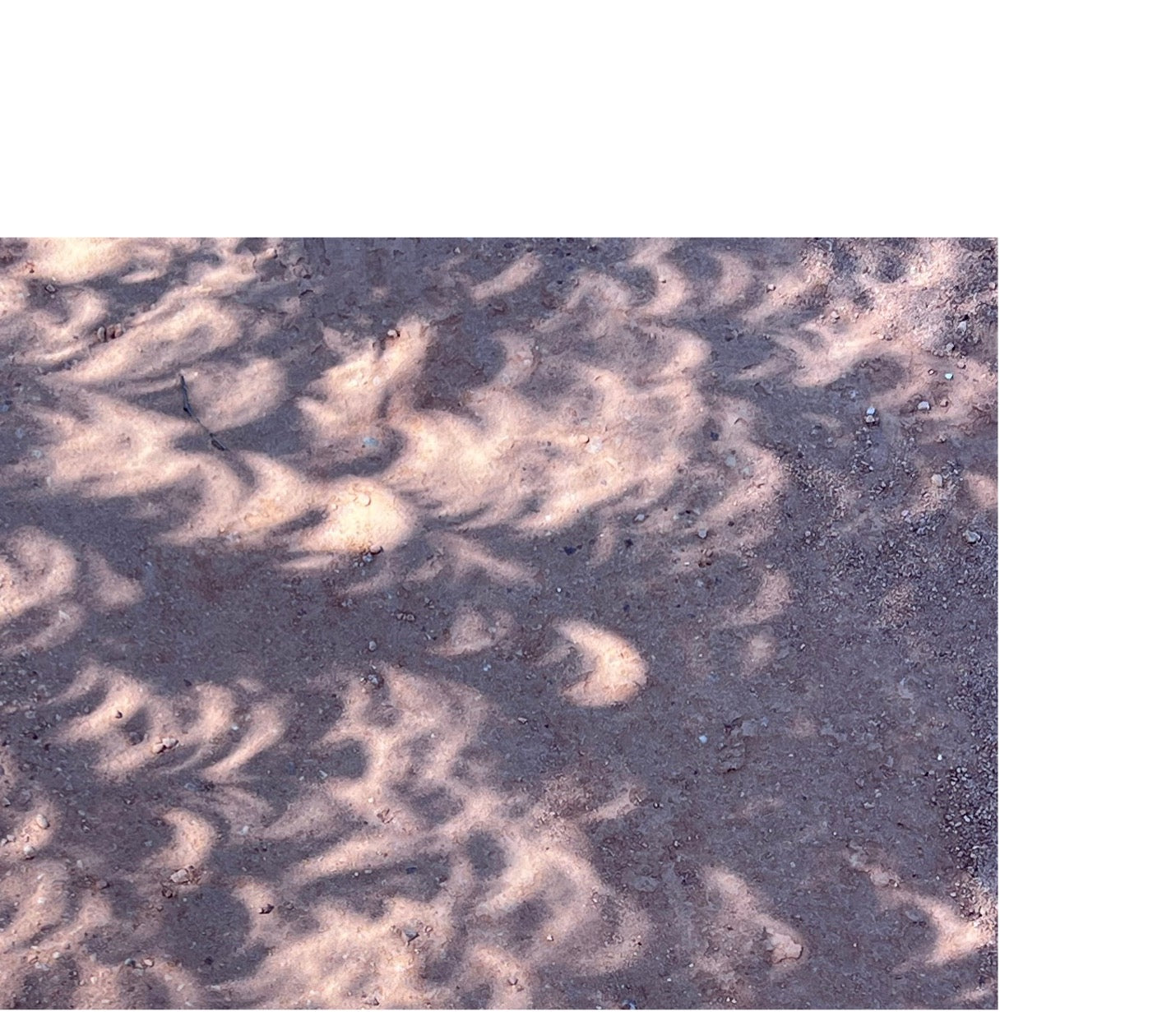

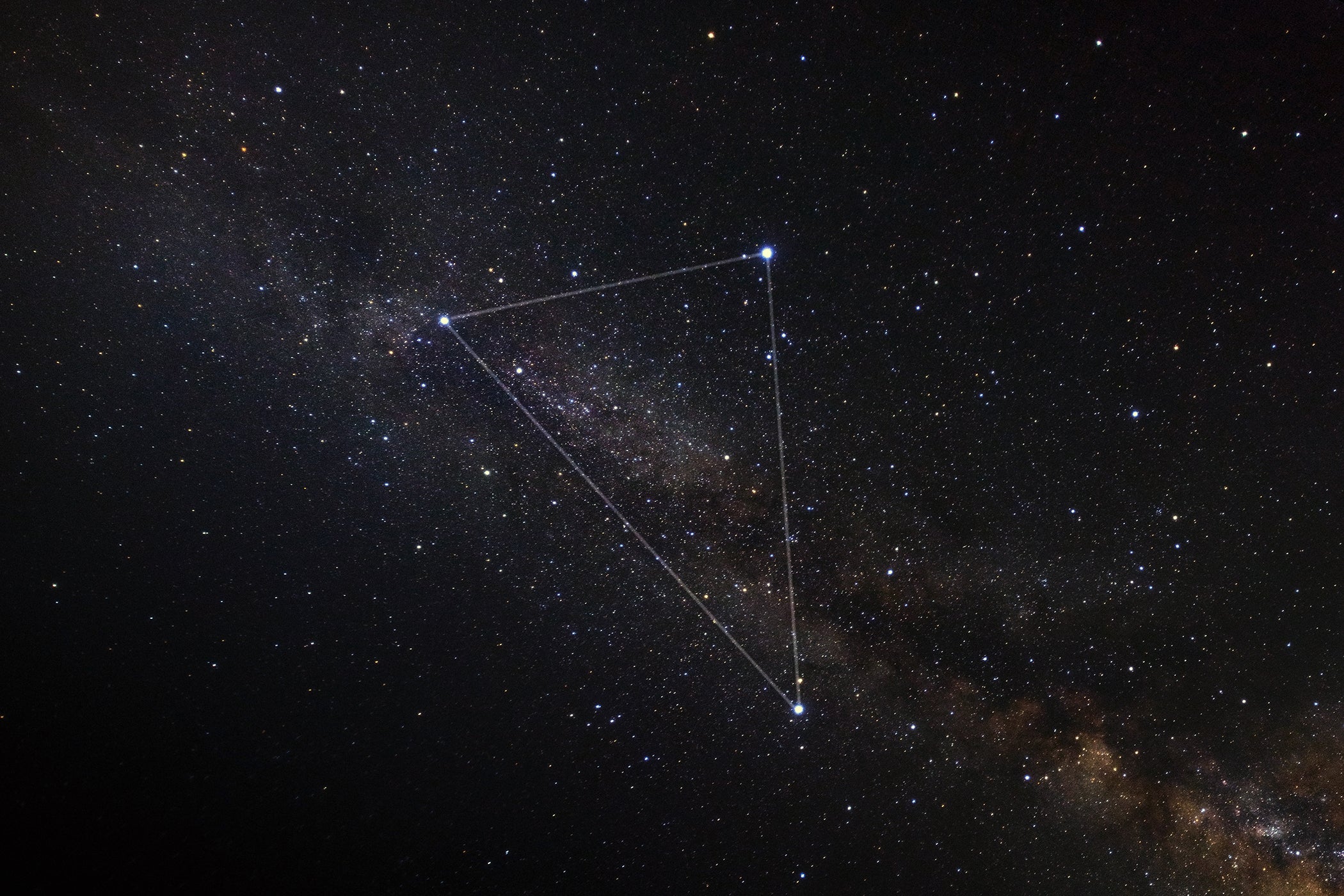
1 comentario
Donna Vanzetti
It was heaps of fun to share our ‘Eclipse Road Trip’ with you. It was wonderful to look at our Aussie landscapes and nightscapes through your eyes and made us enjoy the experience all the more. The ‘moment of totality’ was truly awe-inspiring, being my first one and I loved you sharing all your past experiences. The whole team had an amazing trip, all working together at our stargazing events to share our love of the night sky and culminating in 62 seconds, standing in the shadow of the Moon. Terrific article about our adventures.
Dejar un comentario
Todos los comentarios se revisan antes de su publicación.
Este sitio está protegido por hCaptcha y se aplican la Política de privacidad de hCaptcha y los Términos del servicio.